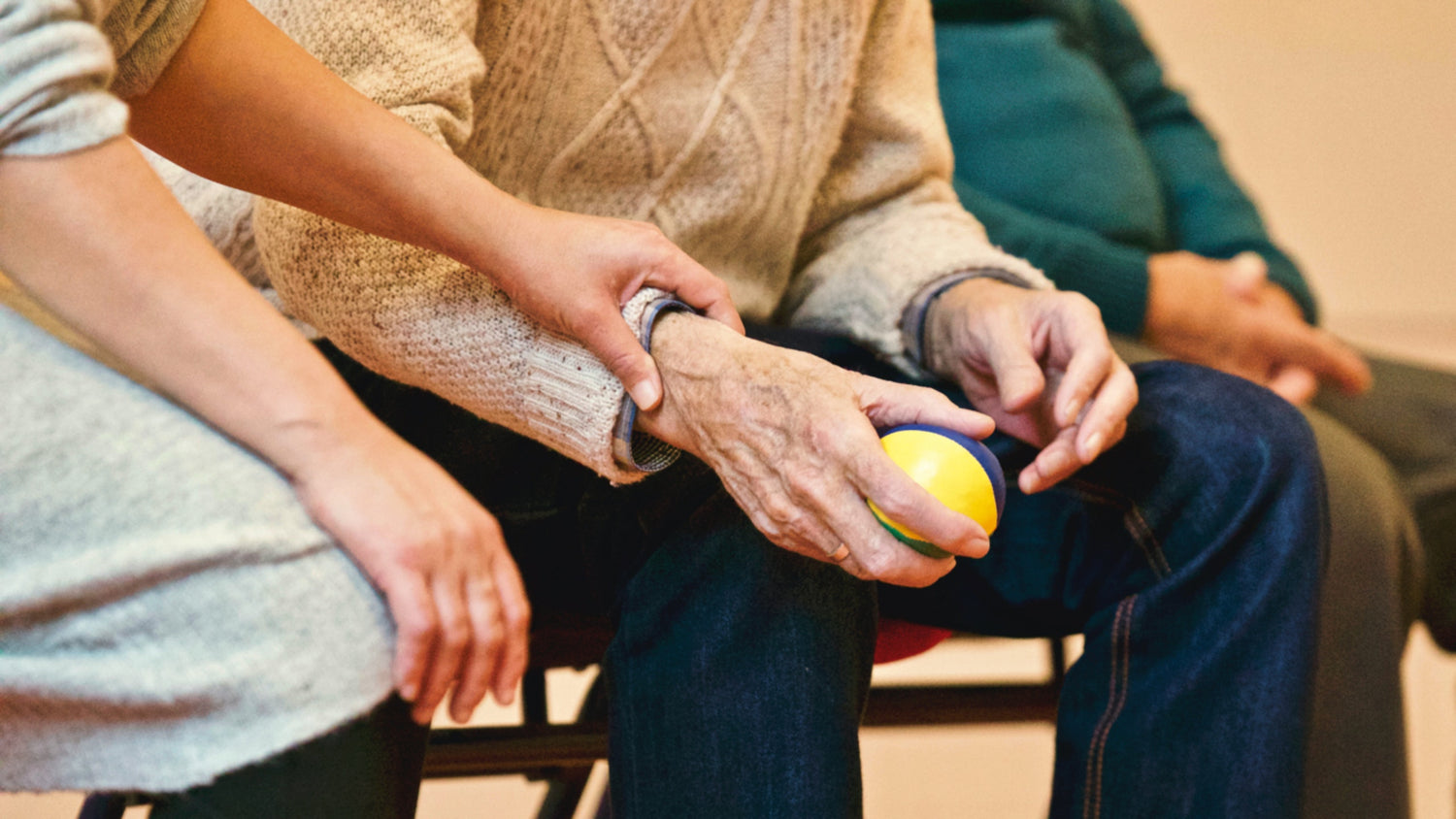
Benefits of Using Rollator in Osteoporosis
You may have heard of some unfortunate scenarios about people who experienced sudden falls and bone fractures without any significant physical hit or accident that could break the bone—this depicts a classic example of an osteoporosis caused incident. Thus, this article will exclusively discuss about osteoporosis and how people with osteoporosis could enhance their safety and mobility with rollator use.
Osteoporosis (means porous bone) is a skeletal condition in which the bones become weak and brittle enough to be broken easily. Perhaps, the bones become so fragile that a slight hit or simple activities such as bending over, or coughing could cause a broken bone.
Osteoporosis is often a silent disease since most people are unaware of having this condition until they suffer a bone fracture.
Low bone density (osteopenia) is a high-risk factor for osteoporosis. There can be so many reasons that cause low bone density and subsequent osteoporosis, such as.
- Low levels of vitamin D and calcium
- Smoking cigarettes and heavy alcohol use
- Use of long-term steroidal medication
- Menopause in women
- Positive family history of osteoporosis
Perhaps, exercise and supplementation (vitamin D and calcium) are suggested as the best measures to prevent osteoporosis and its mobility-related complications.

The Importance of Walking Aids in Preventing Osteoporotic Fractures
Osteoporosis statistics and prevalence
The risk of osteoporosis increases as people grow older. Osteoporosis affects more females over 50 years (one in five) than males (one in twenty) (1).
A study published in Osteoporosis International revealed that globally 8.9 million people suffer fractures every year— where bone fracture due to osteoporosis occurs every 3 sec (2).
Medical practice often recommends walking aids to improve mobility and independence in patients with fragile bones (3).
The National Institute of Aging suggested walking aid use, for example a rollator, as a safety measure to prevent falls and fractures in osteoporosis (1).
Use of Rollator as a Walking Aid in Osteoporosis
A rollator is one of the advanced and wheels equipped walking aids, ideal for old age people at risk of falls and fragility fractures due to osteoporosis.
Unlike standard walkers, the rollator has three or four wheels, making it easy to push or roll over the surface without lifting up- and controlled with handbrakes. The rollator frame augments the base of support and effectively supports the patient's body weight (3).
The seat with rollators seems no less than a blessing for any patient with osteoporosis since they may find it difficult to walk even a short distance. Thus, the patient can rest and take short sitting breaks during a walk or long-duration activities. It requires less energy to move and enhances patient endurance (3).
Moreover, a study published in Frontiers in Endocrinology revealed that people with osteoporosis experience excessive fear of sudden falling and bone fractures, which subsequently limit their routine life activities and significantly impact their quality of life (4). Rollators are known to provide the best support for walking. It prevents falls, enhances mobility and boosts self-confidence and independence to walk around, which improves the patient’s quality of life. The framework of the rollator also acts as a front barrier— preventing injury from any imminent hit or strike from the surroundings.
Nevertheless, there is a word of caution for people with memory loss (dementia) or balance issues — they should avoid using a rollator since it may enhance their chances of fall, injury and subsequent bone fracture.
Take home message
Osteoporosis refers to bone disease due to less bone density, causing fragile and easily breakable bones. In osteoporosis patients, fear of falls and bone fractures limits their physical activity and impacts their quality of life, requiring reliable walking aid support. The rollator is an excellent walking aid for osteoporotic patients, requiring less energy to move and enhancing their endurance. Rollator frames are also specially designed to effectively support the user's body weight. While using a rollator, the osteoporotic patient could take short sitting breaks during any walk or long-duration activities.
People with osteoporosis risk are also encouraged to perform regular exercise and take vitamin D and calcium supplementations for better bone health.
References (APA style)
- National Institute on Aging. (2022, November 15). Osteoporosis. National Institute on Aging. https://www.nia.nih.gov/health/osteoporosis
- Johnell, O., & Kanis, J. A. (2006). An estimate of the worldwide prevalence and disability associated with osteoporotic fractures. Osteoporosis International, 17(12), 1726–1733. https://doi.org/10.1007/s00198-006-0172-4
- Iolascon, G., Michini, C., Sentinella, R. K., Aulicino, M., & Moretti, A. (2021). The role of assistive devices in frail elderly people with fragility fractures: a narrative review. International Journal of Bone Fragility, 1(2), 53–58. https://doi.org/10.57582/ijbf.210102.053
- Meyer, F., König, H.-H., & Hajek, A. (2019). Osteoporosis, Fear of Falling, and Restrictions in Daily Living. Evidence From a Nationally Representative Sample of Community-Dwelling Older Adults. Frontiers in Endocrinology, 10. https://doi.org/10.3389/fendo.2019.00646


Leave a comment